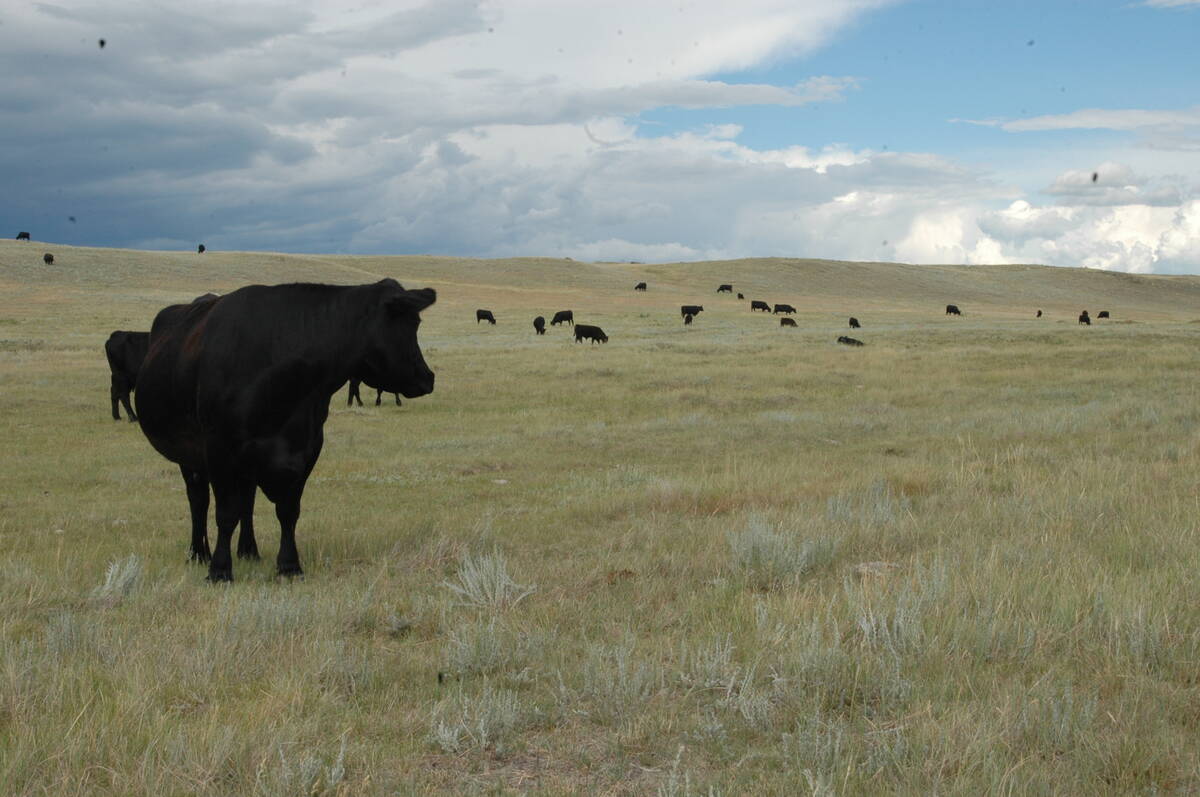EDMONTON, Alta. (Staff) – Farmers no longer know what crops to plant because the Canadian Wheat Board has skewed market signals with its wheat and barley buying monopoly, said authors of a report on costs of the board to farmers.
“With single-desk selling there is a lack of buying competition on the Prairies and a lack of buying signals,” said Colin Carter, one of the authors of the report.
“Single-desk selling has a dramatic impact on management,” Carter told a group of industry leaders during a preliminary presentation of his report commissioned by Alberta Agriculture.
Read Also

Canadian Food Inspection Agency slammed for handling of bovine tuberculosis case
The federal government leans heavily on producers to “take one for the team” and risk their livelihoods without any reassurance of support.
Carter said while he recognizes alleged benefits of the wheat board, they have to be compared to the costs of having the board and its looming influence on grain planting and selling decisions.
“What’s missing is buying efficiency at the farmgate.”
Decisions affected
Carter and co-author Al Loyns said because the wheat board shadows the entire industry, it affects many decisions made by farmers
The preliminary report estimates the wheat board costs farmers about $20 a tonne for wheat. That’s not including $5-$6 a tonne the report estimates it costs taxpayers because the government backs wheat board loans.
A similar report on the costs of having barley under the wheat board will be included in the final report due March 15.
Loyns said if the government is giving the wheat board a line of credit “somebody else doesn’t have it” and that’s a cost to taxpayers.
The authors said the costs to farmers could have been even higher if they added the indirect costs on the livestock industry because of the wheat board’s need to fill export sales of grain.
The report attributed delays in developing new varieties of grain as costing farmers $3 to $5 a tonne.
Research hampered
Loyns said poor signals by the board of what kind of grain the world needed hampered private industry’s ability and desire to develop new varieties.
“As a marketing agency that spends time talking about market development, you would have thought it would have taken a leadership role in the ’80s,” said Loyns.
He also put a price tag on poor market signals. He said the board’s initial prices have no reflection on what the final payment will be for farmers. Farmers have no idea whether they should add extra fertilizer and chemical or cut back. The report pegged production inefficiency costs at $4 a tonne.
Some years the initial payment is half the final payment and other years it’s the only payment, he said.
Brian Oleson, a wheat board economist, said the board has attempted to fix its price projection with the pool return outlook implemented in 1993.
Loyns said the outlooks are an improvement but should have been implemented 10 years earlier.














